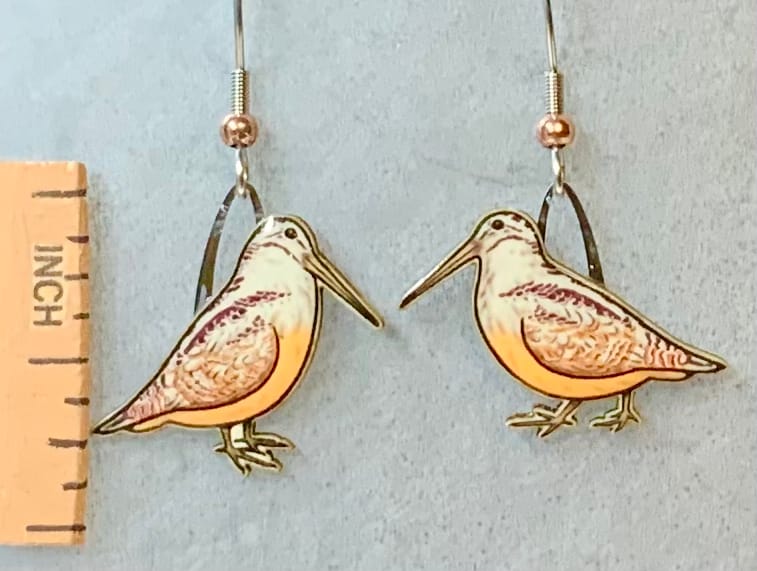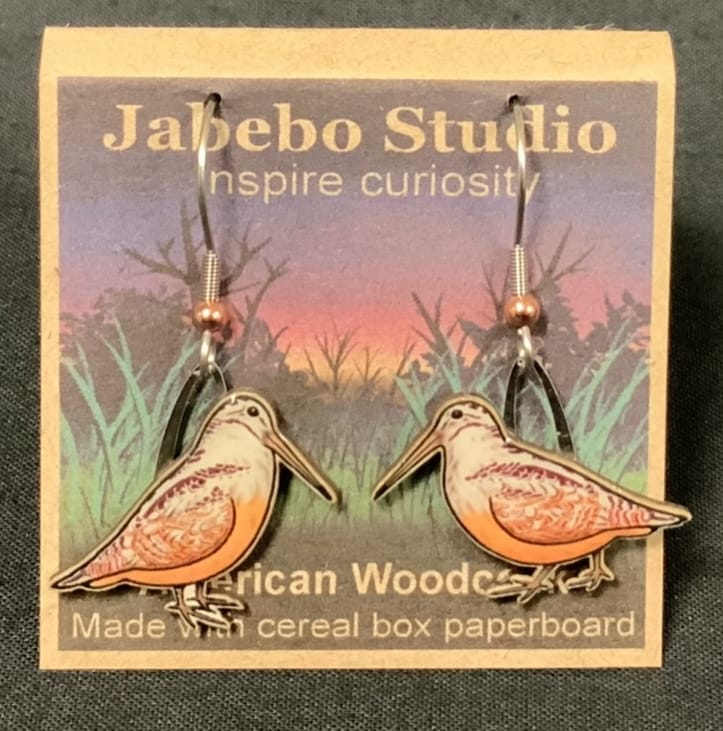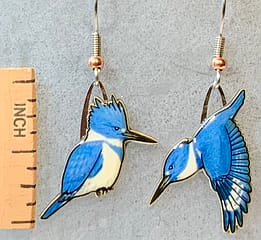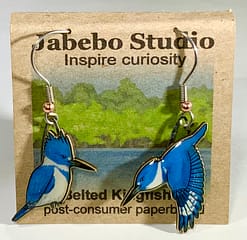
Woodcocks breed in most all North America east of the great plains except for southern Florida and the northern parts of Canada. They are found year round through most of the south. They are common but well camouflaged and rarely seen except in the spring when the males are displaying. They like forests and wet meadows.


These are a resident plover of the Atlantic and Gulf beaches. In the northern plains they also inhabit dry lake beds with accumulated salts (called alkali flats). The coastal population has been impacted from the human use of beaches which makes breeding difficult in many places and the species is considered endangered.


These plovers breed in northern Canada and Alaska and they winter along both the Pacific and Atlantic coasts including the Gulf. They are a common plover on the beaches in the winter months.


This is kind of shorebird that can be seen almost anywhere across the continent where they can find an open area such as a park or a field or a natural area where the vegetation is sparse due to a natural cycle. Nesting in open landscapes corresponds to their trademark behavior of drawing attention with noise and with wing distorting antics that feign an injury to draw attention to itself and lure predators away from the exposed nest.


This shorebird lives on lakes and open wetlands of the West. When breeding the females are more colorful than the males. Females mate with multiple males and they compete aggressively for them.


An Arctic breeder with a very long migration route to southern South America. Migration flows along the East coast with important stop overs were the birds can be seen in abundance. One of the most important is the Delaware Bay in late spring which coincides with the spawning of horseshoe crabs. The eggs are a vital resource for the migrating birds. Not all populations make long trip to the southern hemisphere. There is one group that winters on Florida’s Gulf Coast.


Oystercatchers have a specialized ability to open bivalve mollusks to eat. The American oystercatcher species live along the eastern and gulf coasts where they search for their prey in the intertidal areas of beaches and wetlands.


Oystercatchers have a specialized ability to open bivalve mollusks to eat. The Black Oystercatcher species is a bird of the west coast that may be found foraging around the intertidal rocks and beaches along the shore.


Seen year round through much of the US and breeding well into Canada. Common wherever suitable habitat is found which is always tied to water from marshy sloughs to shore lines.


Summers and breeds from the plains east to the Atlantic Coast and also in the Pacific Coastal region. They can be seen year round in Florida and in California. They live in swamps and wetlands as well as vegetated shorelines.


Their range is along the Atlantic and California Coastal regions although they inhabit both salt and freshwater wetlands. There are breeding populations in the Midwest as well.


One of many wading birds found in southern wetlands, snowy’s are uniquely elegant with their “Golden Slippers.” Or, perhaps, they should be called running shoes because of the birds habit of chasing fish around the shallows.


They range throughout South Florida and along the Texas Gulf Coast into Louisiana.


Wild Flamingos are rarely seen in South Florida and sighting are usually believed to be escapes from zoos or Caribbean birds that wandered astray. However, historical evidence that wild flamingos may have lived in Florida in the 1800’s has opened a debate whether the species may in fact be native and was hunted to, or close to, extinction for the their colorful feathers.


They inhabit coastal estuaries along the Atlantic and Gulf Coasts. They like calm intracoastal water were they can skim the surface for fish.


They have longer tail streamers than other terms and their distribution on the East Coast is disjunct. You will find them on the New England coast and then again far south in the Florida Keys.


One of many kinds of (sea) gulls, this medium size gull is typically associated with the east coast and Great Lakes. Immature and wintering laughing gulls usually do not have a black hood.


Avocets winter in places along the East, Gulf, and California Coasts. Their breeding areas are tied to shallow marshes and river floodplains of the interior western states and provinces.


Distribution similar to American Avocets, shorelines of east and western estuaries and western marshes.


These Pelicans live along the shores and waterways of the Atlantic from Maryland south and around the Gulf Coast as well as the southern coastline of California. The need open water where they can dive for fish.


Summers and breeds on interior lakes of the north west and winters on lakes further south and along western and gulf coasts.


A bird of southeastern swamps and wetlands. They are easily recognized by their unique shape, color patterns and their habit of spreading their wings to dry. Large broad wings, weird for a bird that swims underwater, make them good at soaring. They may be seen mixed in thermals with other soaring birds, but recognizable by their long fan shaped tail. Males have distinctive silver-white streaks on their backs.


These rails especially love the expansive cordgrass marshes associated with east coast estuaries. Though more likely to be heard they may be seen merging from cordgrass thickets onto the mud flats at low tide.


Very similar to the Clapper Rail this west coast counterpart is associated with marshlands of the pacific coast and interior bodies of water.


Breeding populations, some recently re-established, in the northern Midwest and Western States and Canada and into Alaska. The Alaska population winter in British Columbia while the more eastern populations tend to move less seasonally.


The distribution of this duck extends throughout North America. It is the wild duck most likely to be found in the local duck pond but they are a wilderness animal as well.


A distinct duck with its oversize bill. They summer in ponds and open water wetlands mostly to the west and northwest. In winter the population shifts south to likewise habitat all across the southern states.


Redheads have a wide distribution across North America through they prefer remote areas compared to the Mallard. Their breeding range is primary from the north Midwest and Western states up into Canada While their migration pulls them south and east into all regions.


A shy duck inhabiting isolated woodland ponds and lakes found through much of North America given the right habitat.


These loon’s summer on lakes and ponds in the far north, most all of Canada and the very north parts of the US. Upon migration they leave their freshwater lakes and spread out all along the Pacific and Atlantic seaboards where they become marine birds living just off shore.


The feet of Grebes are located far to the rear of their bodies, much like loons, thus enabling them to excel at swimming underwater to catch prey. In summer they live on lakes and ponds of the interior west.


A very tall conspicuous bird that breeds mostly in Canada and some western states but there are smaller breeding populations in many other areas including Florida and Mississippi. In the lower forty-eight these cranes are known for their dramatic migration. They winter in large numbers in New Mexico, Texas and Florida. Along their migration routes there are several high profile stop over points where they gather temporarily in spectacular numbers.


This species was once reduced to 15 individuals. Today they are still rare and endangered but the population has increased to 600 birds that migrate from western Canada to the Texas Gulf Coast. The increasing population is a great conservation success story but there have also been failed attempts to reestablish populations wintering in Florida and New Mexico.


Large and conspicuous residents of Florida. They can be seen year round in a variety of wetlands including roadside ditches but they have highly specialized breeding criteria.


These Kingfishers winter and reside year round through out the United States and breed far up into Canada and Alaska. They are likely to be wintering only in South Florida and the Southwest US. In spite of their wide distribution their actual occurrence depends on the availability of water bodies to feed on and for breeding they need a steep bank or hillside to create a burrow for a nest.
